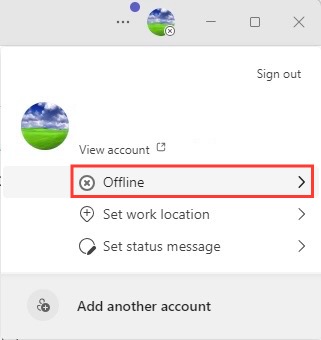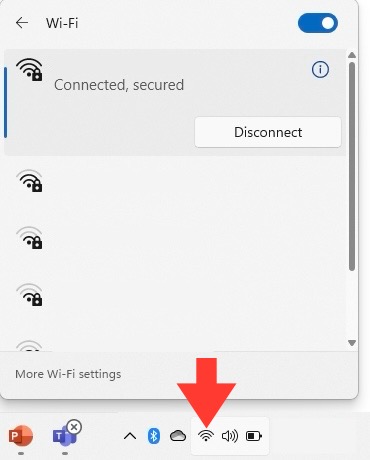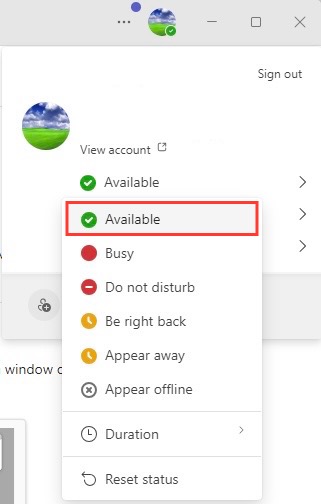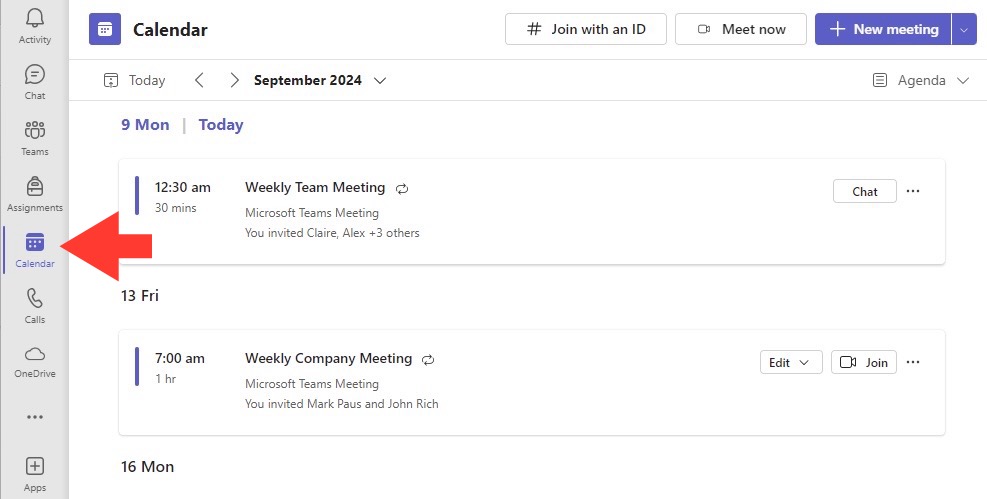Have you ever opened Microsoft Teams only to discover that your status displays as ‘offline’ despite being connected and active? This is a frustrating predicament I’ve recently investigated. It raises questions about the reliability of Teams’ status indicators and can cause unnecessary confusion for you and your colleagues.
Key Takeaways
- Microsoft Teams can mistakenly display a user’s status as “offline” due to cache issues, where the local cache retains incorrect presence information, causing the status to fail to update accurately.
- There are instances when the status update in Teams is slow, or it does not properly reflect the user’s actual activity, which could be due to bugs or issues currently being addressed in new updates, like the offline presence status feature mentioned in the Microsoft roadmap.
- Logging into Teams via a web browser at teams.microsoft.com can sometimes resolve the incorrect offline status by clearing the local cache or confirming whether the issue is with the local Teams application rather than with the Teams service itself.
Realizing the Impact on Collaboration and Productivity
When Microsoft Teams shows offline status, the mystery goes beyond a simple annoyance; it hinders collaboration and hampers productivity. When I appear offline, my colleagues might hesitate to reach out for quick questions or collaborative sessions, assuming I’m not available to engage. This disconnect can lead to missed messages, delayed responses, and a general slowdown in the workflow that we strive to keep fluid and dynamic. The ripple effect of a misreported status can be surprisingly substantial, underlining the importance of a prompt resolution.
Diagnosing Teams’ Offline Conundrum
Common Triggers for Inaccurate Status Indicators
Inaccurate status indicators in Teams can be triggered by a variety of factors. From my investigation, routine issues include the user’s device going idle, which changes the status to ‘Away’ after just five minutes of inactivity. Additionally, incorrect calendar syncs may lead Teams to display a status like ‘In a Meeting’ inaccurately. Network glitches, profile synchronization errors, and outdated application versions can also lead to this frustrating experience. Understanding these common triggers can provide insight into what might be causing the status errors.
Technical Glitches vs. User Errors
While unraveling the issue, I found that both technical glitches and user errors are at play. On the technical side, application bugs, server issues, or miscommunication between the Teams service and user devices often cause incorrect status displays. Meanwhile, user errors might involve incorrect settings or failure to update one’s status manually. Distinguishing between these can inform us of whether to seek a quick fix or delve deeper into system settings or support channels.
Proven Strategies to Restore Your Online Presence
The Simple Fixes You Should Try First
Before descending into the depths of complex troubleshooting, I always recommend trying the simple fixes first. Check your internet connection to ensure that you’re truly online.
Additionally, sign in to Teams through a web browser, which can refresh your status. Logging in on a different device can also help determine if the issue is localized to your primary device.
Advanced Troubleshooting Steps for Persistent Problems
When the simpler solutions don’t cut it, it’s time for the advanced troubleshooting tactics. The hammer, in my case, was the full uninstallation and reinstallation of the Teams desktop app.
This drastic measure often resolves any lingering glitches or corrupted files causing the misreported status. Moreover, checking for Windows updates and ensuring all network adapters are working correctly can be vital steps. If the status issue persists, it may require diving into the computer’s settings to investigate any bugs related to how Windows discerns active internet connections.
Preventative Measures for Continuous Connectivity
Best Practices for Ensuring Accurate Status Display
To keep the green dot next to my name while using Teams, I’ve learned a few best practices. It starts with manually setting my presence to ‘Available’ when the app launches and checking it regularly.
I make sure to keep the app running in the background and adjust my system settings to prevent the computer from going to sleep too quickly. I also synchronize my calendar with Teams to reflect my availability accurately.
Additionally, it is wise to periodically check for app updates — staying current can prevent many technical issues before they occur.
Under the Hood: Understanding Teams’ Status Mechanisms
How Teams Interprets Your Activity Status
Understanding how Teams interprets my activity status was crucial for managing my online presence. The application assesses user activity such as typing, mouse movement, or active use of Teams features to determine the ‘Active’ status. When there’s a period of inactivity or the user locks their device, Teams switches the status to ‘Away.’ Though this process is designed to reflect my availability accurately, it relies on a constant flow of user engagement that can inaccurately signal my unavailability when multitasking or reading without interacting with the device.
The Role of Network Stability and Device Performance
Network stability and device performance play critical roles in how Microsoft Teams updates and displays my presence status. A steady network connection is essential for real-time status updates; intermittent connectivity can cause Teams to show me as ‘offline.’ Device performance also matters; if my system is overburdened, Teams may not update my status promptly due to limited resources. Ensuring that my device is running optimally and that I have a stable internet connection can minimize the chances of erroneous offline status occurrences.
FAQ: Navigating Offline Challenges in Microsoft Teams
Why does Microsoft Teams show me as offline when I’m online?
Microsoft Teams might show you as offline due to several reasons: your device could have gone into an idle state, there might be a network glitch, the Teams app itself could be out of sync, or you may need to clear your local cache. It’s usually a sign that Teams is not capturing or updating your activity status correctly.
Can clearing the Teams cache fix my status issue?
Yes, clearing the Teams cache can often fix status issues. It removes locally stored data that might be outdated or corrupt, forcing Teams to fetch fresh data and potentially correcting your presence status.
What triggers offline status in Teams?
Offline status in Teams is triggered after two hours of inactivity or due to technical issues such as app glitches, network problems, or misconfigured settings that prevent Teams from accurately detecting your activity.
John Michaloudis is a former accountant and finance analyst at General Electric, a Microsoft MVP since 2020, an Amazon #1 bestselling author of 4 Microsoft Excel books and teacher of Microsoft Excel & Office over at his flagship MyExcelOnline Academy Online Course.












